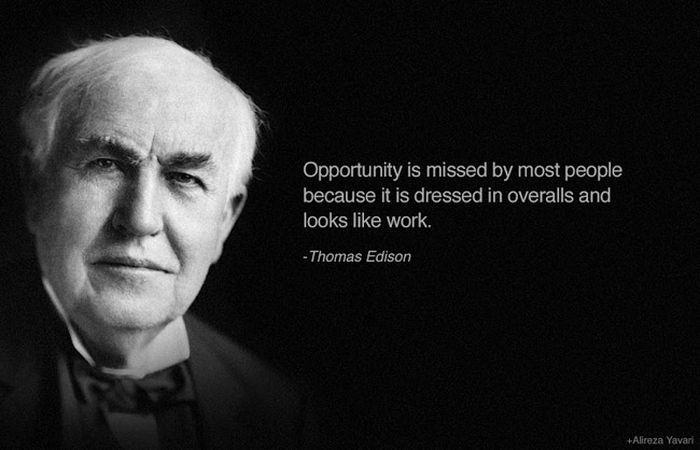

His experiments with chatting toys were a lot less successful.Īfter the phonograph debuted, Edison began developing talking dolls with tiny phonographs in their bodies that played familiar nursery rhymes and songs. Thomas Edison made creepy talking dolls.Ĭapable of recording sounds and playing them back, the phonograph was one of Edison’s great achievements. And at a lecture given to the American Institute of Electrical Engineers, Tesla made sure Edison received a standing ovation. Edison once offered Tesla a temporary workspace when the latter lost his lab to a fire in 1895. Tesla’s association with Westinghouse-and the eventual dominance of AC power-caused a rift between the two inventors, but historians say they weren’t the bitter rivals pop culture makes them out to be. After parting ways with Edison, Tesla sold patents that relied on alternating current to industrialist George Westinghouse. The Serbian-American engineer and inventor was hired by one of Edison’s companies on June 8, 1884, and, unlike his boss, Tesla saw the potential in AC. Edison’s devices were reliant on DC power he believed AC was unsafe. Nikola Tesla briefly worked for Thomas Edison.Īlternating current (AC) and direct current (DC) are two different ways to conduct and transmit electricity.
#Edison 5 facts code#
As a nod to the Morse Code system, he called his two eldest children-Marion Edison and Thomas Edison, Jr.-Dot and Dash, respectively. Thomas Edison gave his kids telegraph-inspired nicknames.Įdison got his start in the telegraph industry. He then worked with his employees to develop light switches, electric meters and a power system capable of running the whole show. On January 27, 1880, Edison was granted a patent for a cheap, long-lasting incandescent bulb that didn’t require much electricity to function. ( Expensive parts became another roadblock.) Yet the first bulbs were not commercially viable due to their brightness levels and short lifespans. Warren De La Rue, a British inventor, created one of the earliest light bulbs in 1840. Thomas Edison was not the sole inventor of the light bulb.Įlectric lamps had been around since 1802.

“My deafness has not been handicap, but a help to me,” he claimed. Yet he felt that his hearing problems gave him a career advantage: They made it easier for the inventor to concentrate on his work without aural distractions. “Earache came first, then deafness, and this deafness increased until at the theatre I could only hear a few words now and then,” Edison wrote. A childhood case of scarlet fever might have been the cause. Thomas Edison thought his poor hearing helped him concentrate.Īs he grew older, Edison became completely deaf in one ear and partly deaf in the other. However, politicians didn’t like the idea because, unlike the old system, it left no room for filibusters or last-minute deals. Instead of shouting “yea” or “nay” one by one, representatives could flip a switch and have their votes tallied electronically. When Edison patented his Electrographic Vote-Recorder machine in 1869, he thought it would speed up the voting process in American legislatures. Thomas Edison’s first patented invention was a vote-counting device. Not only did Edison set up a chemistry lab in the baggage car, but he also built a printing press for an original newspaper he created, The Grand Trunk Herald. When he was 12, Thomas Edison started selling candies and newspapers on the Grand Trunk Railroad, which carried passengers to and from Detroit. The Edison family relocated from Ohio to Port Huron, Michigan, in 1854. In his youth, Thomas Edison built a chemistry lab on a train. Rather than face legal consequences for his actions, he later fled to the United States, where his son, Thomas, was born. During this brief but violent period, Edison marched on Toronto. Nova Scotia native Samuel Ogden Edison, Jr. In 18, pro-democracy rebels in Canada began protesting the British Crown’s administration of its North American territory. Thomas Edison’s dad joined a failed revolution in Canada. Here are 11 things you should know about the prolific inventor, manufacturer, and businessman. Born in Milan, Ohio, on February 11, 1847, he amassed 1093 patents by the time of his death in 1931. Thomas Alva Edison helped develop all three technologies. Want to make a movie? You’ll need quality light fixtures, sound recording equipment, and a good motion picture camera.


 0 kommentar(er)
0 kommentar(er)
